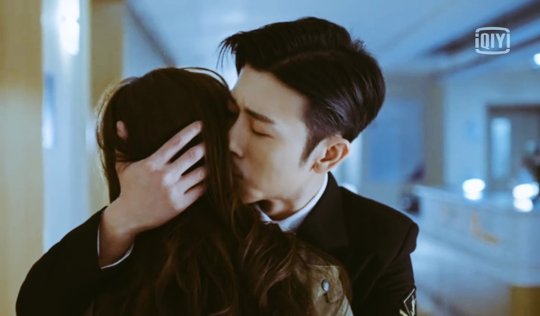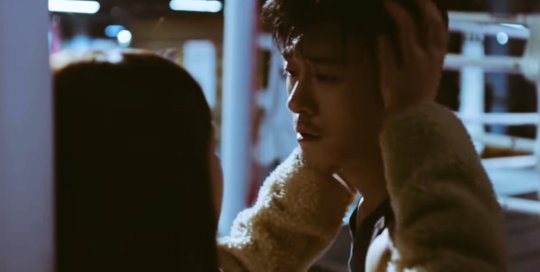Text
RongPei - Ruyi’s maid

Noble Consort Ying

Concubine Ke

Noble Consort Qing

Eyinzhu-Concubine Yu.
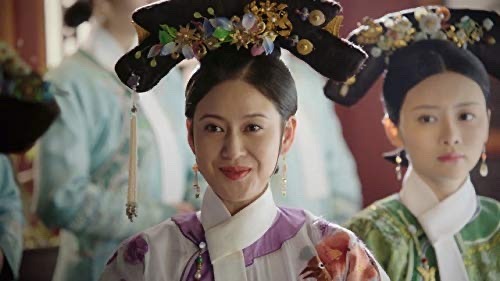
Hu Yunjiao

7 notes
·
View notes
Photo



2011.9.10,遇见你,一步一惊心❤️
开播六年了…can’t believe it’s been six years 😭
41 notes
·
View notes
Text
When ants die, a few days later they emit oleic acid, which tells the living ants to dispose of their corpse.
A myrmecologist named Ed Wilson discovered this and dropped the chemical on a living ant. It was immediately carried off, despite the fact that it was still moving, and clearly not dead.
254K notes
·
View notes
Photo





startling by each step 01 x 3: thirteenth prince and his “go all out thirteenth sister”
29 notes
·
View notes
Photo







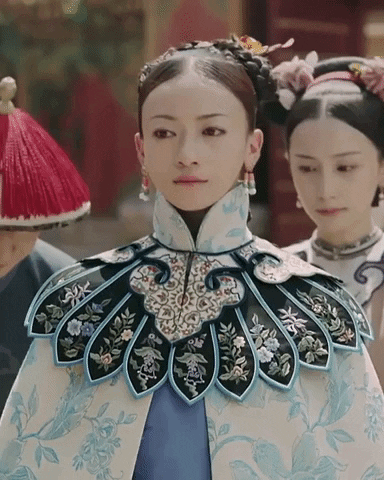
story of yanxi palace 延禧攻略: yunjian, the shoulder cape
94 notes
·
View notes
Photo

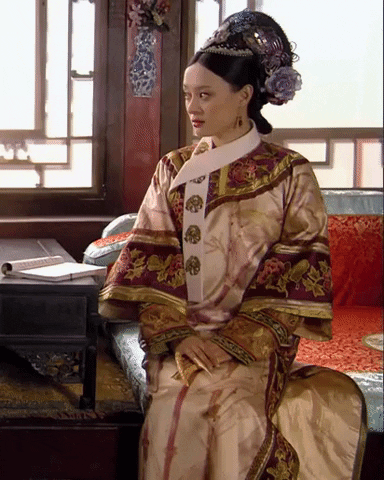
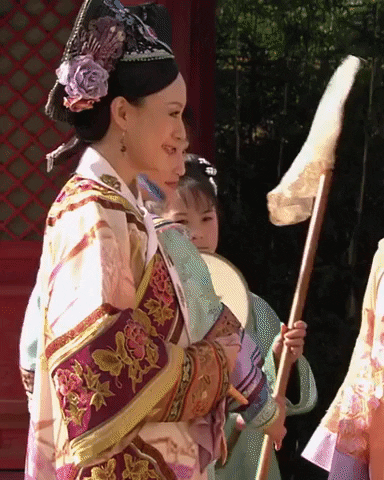



legend of zhen huan 后宫·甄嬛传: costume appreciation
67 notes
·
View notes
Photo
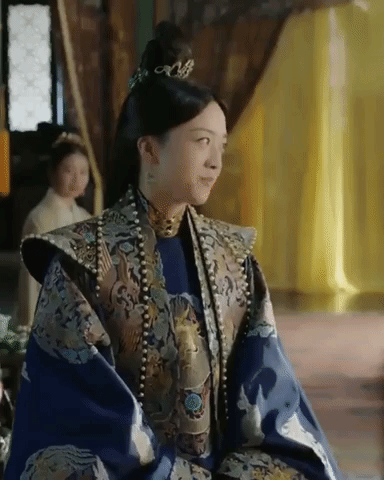


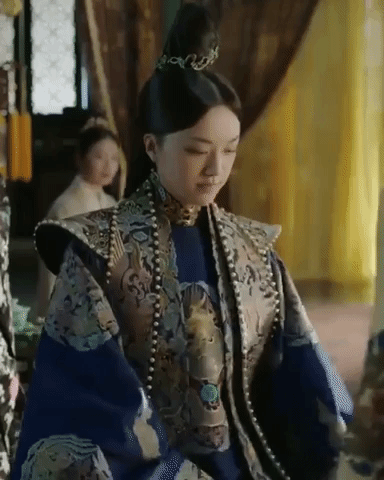





empress of the ming 大明风华: costume appreciation
47 notes
·
View notes
Photo
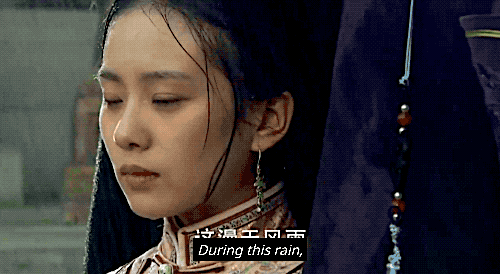




During this rain, someone’s willing to stand next to me, to bear and suffer this pain with me.
Scarlet Heart (Chinese tv series, 2011)
75 notes
·
View notes
Text
Eight maids with 心 (heart) in their names in Legend of Ruyi
Source
Prior to ascending the throne, Qianlong has eight wives, and each of them had a maid with the character xin 心 in her name. These names all foreshadow/reference the fates of their mistress in someway.
(Note: These names should not be understood as their birth/real names. Many servants have new names bestowed on them when they enter service, for a variety of reasons, including naming taboo, i.e. if their original name shares a character/sound with the names of their master/mistress/some other high rank person in the household. Sometimes their names can be changed just for convenience because rich people can’t be bothered to remember a variety of names of their servants. This is likely the case here, as all these maids in Hongli’s manor shares a common character. Another reason is when Yuyan briefly changed Yanwan’s name to Qing’er, ostensibly because Yanwan is a bit of a tongue-twister.)
Lianxin 莲心 – Langhua’s maid

Lianxin refers to the centre (heart) of the lotus seed, which is extremely bitter. This reflects Langhua’s entire life trapped in a marriage with a husband who doesn’t love her and living a state of constant fear and paranoia. She also carries the burden of the honour and glory of her family, and never was able to live for herself. She always had to struggle to uphold the image of a virtuous wife and died in bitter pain and disappointment.
Moxin 茉心 - Xiyue’s maid

Mo refers to the jasmine flower. Lu Gu’s Records of Travel to the South writes, “the grains in the south are often tasteless and the flowers without fragrance, but only the jasmine does not change its nature with the terrain”. Xiyue is also similarly unchanging, always arrogant but also coquettish with Qianlong, which is the reason he favours her. Although throughout her life she acts in alliance with Langhua and Yuyan, she never counts herself among them in her heart and ultimately dies alone.
Suoxin 惢心 - Ruyi’s maid

Before Ruyi, 惢 was not a commonly used character and many people didn’t know how to pronounce it, so instead they called her “four hearts” because her entire name is made up of four 心 characters. The character 惢 has two meanings, one is kindness and one is doubt (the word for doubt/suspicion is also 多心 - many hearts). This describes Ruyi because she is essentially kind and does not want to make enemies with anyone. However, throughout the story, her motives are always under suspicion by many characters, e.g. the empress dowager, Langhua, etc. Though her love for Qianlong should not be doubted, in the end it was his doubts and suspicions that broke down their marriage and sealed her fate.
Yexin 叶心 - Hailan’s maid

Ye means leaf. While flowers are always the more dominant/noticeable part of a plant, a plant nevertheless cannot exist without leaves. Everything Hailan does is to help Ruyi or for Ruyi’s benefits, acting as the leaves to Ruyi’s flower. Regardless of what she herself is going through, Hailan is characterised by her relentless support for Ruyi, even when she fights for favour and in her relationship with her son.
Kexin 可心 - Luyun’s maid

Kexin means to be pleased, to have something according to your heart’s desire. Luyun’s defining characteristic is her candid artlessness and the fact that she isn’t capable of nefarious schemes. Her children are her heart’s greatest pleasure and everything she does is for their sake, even when she moved against Ruyi. But because she is also simple-minded that she is easily influenced, she also often acts according to the will/desire of those wanting to manipulate her.
Lixin 丽心 - Yuyan’s maid

Li means beautiful, or to depend on. Yuyan is considered the most beautiful of Qianlong’s concubines during the time he was a prince, and the reason she is so favoured also largely rests on her beauty. At the same time, her life depends on two men - the young master of her tribe who sent her to Da Qing, and Qianlong. In the end, her dependency on them is her downfall as both of them ended up foresaking her.
Huanxin 环心 - Huang Qiying’s maid
Huan refers to the links in a chain. Huang Qiying and her child are an important impetus to kickstarting the struggles between everyone in the harem. Their deaths also set in motion the conspiracy which ended up with Ruyi in the cold palace which changed the courses of both Ruyi and Hailan’s lives.
Shunxin 順心 - Chen Wanyin’s maid
Shunxin means to be satisfied. Wanyin never fought for favour. Instead she has always accepted her position as a low-ranked concubine. She is happy to just be able to be near Qianlong, never demanding his attention but just comforts herself with drawing his portrai over the years. She doesn’t have any enemies and not many friends in the palace, but this means that she is also at peace (shun) with everyone in the palace.
176 notes
·
View notes
Note
In Ruyi's royal love in the palace, the harem wear beads around their neck along with their court dresses. Is there any significance to that?
These strings of beads are called chaozhu 朝珠 and are a part of formal court dress in the Qing dynasty. The construction closely resembles the japamala prayer beads used in Buddhism, from which they originate from being religious objects to court accessories.
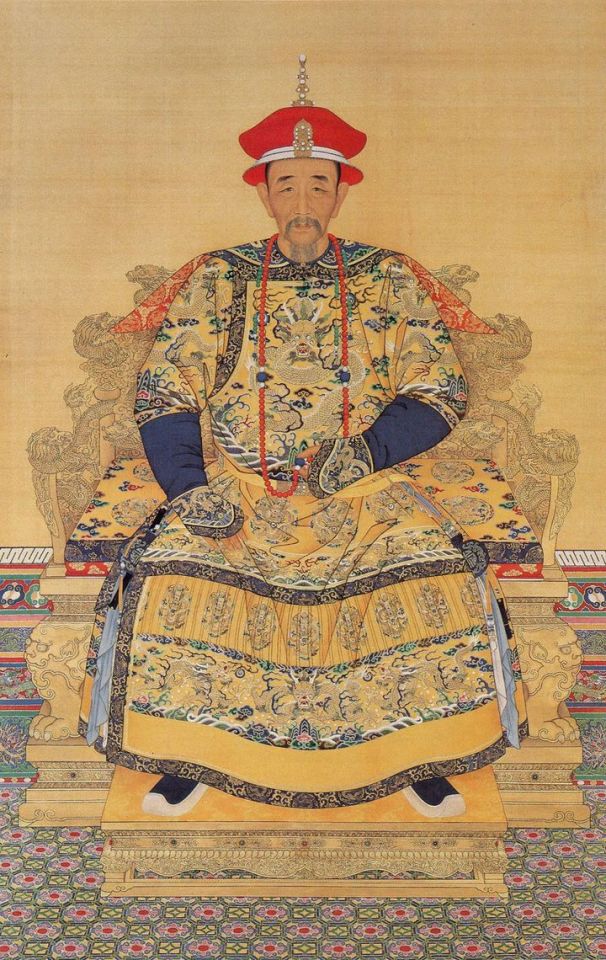
Emperor Kangxi in chaofu and chaozhu
Chaozhu are worn by literary officials from the fifth rank and up, military officials from the fourth rank and up, palace guards and officials serving in the capital, as well as their wives, when wearing court attire. The materials making up the beads denote the rank and position of the person wearing it.
The main string consists of 108 beads, representing 12 months, 24 periods, and 72 pentads in a year. 108 is also a significant number in Buddhism, representing the 108 earthly temptations that a person must overcome to achieve nirvana.

Every 27 beads is intersected by a fotou bead about twice the size of other beads, in a contrasting colour. The fotou divides the chaozhu into four, signifying the four seasons in a year.
The fotou at the top of the chaozhu is attached to a hulu gourd shaped bead called fotouta. The two ends of the string of beads enter the top fotou and come together in the middle through the fotouta. From the fotouta hangs a silk strip at the end is a water-droplet-shaped precious stone called dazhuijiao. In the middle of the silk strip is also a large gemstome called beiyun.

Close up of beiyun - one of Yongzheng’s chaozhu
On either side of the chaozhu are three smaller strings of beads, each consisting of 10 beads, called jinian. These are used to differentiate between chaozhu and japamala. They also represent 30 days in a month. For men’s chaozhu, the side with the two strings of jinian will be on the left. For women, the side with two jinian will be on the right.
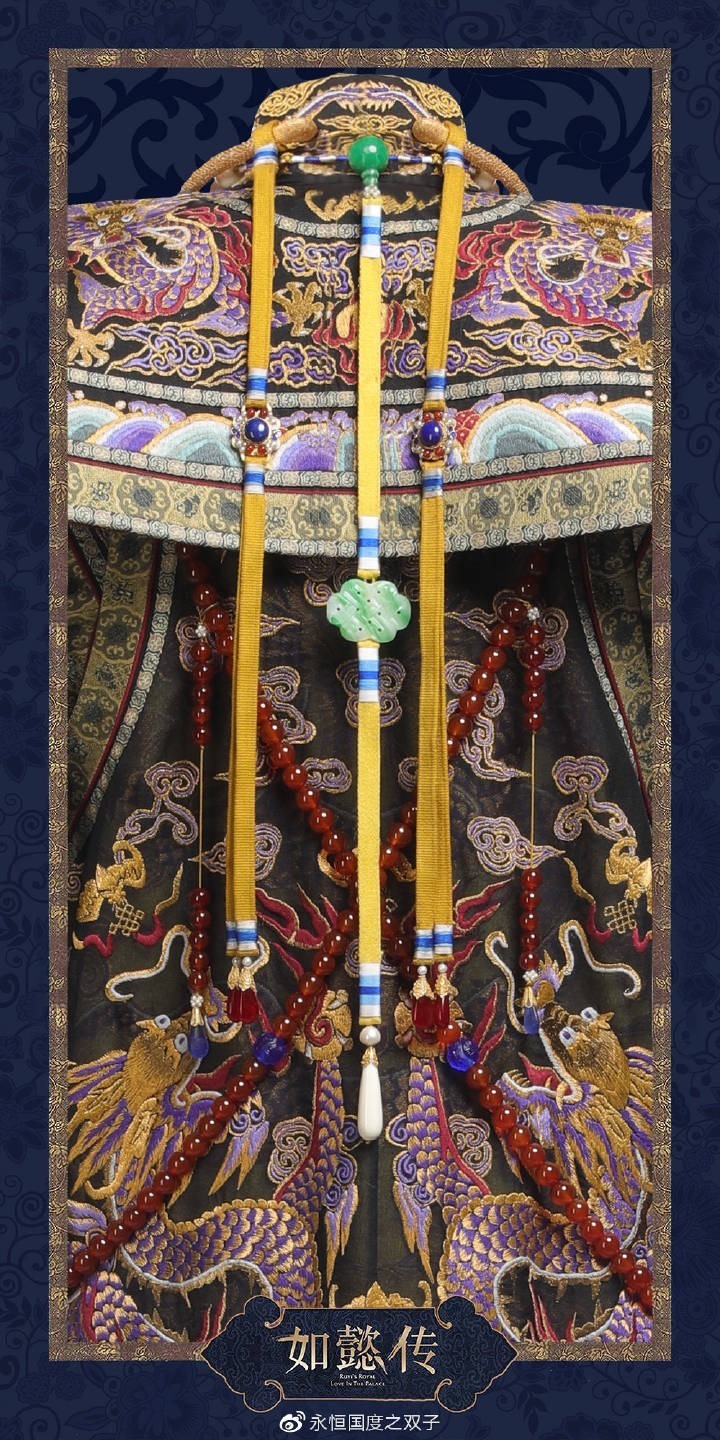
The beiyun will be behind the wearer’s back as above.

Close up of Ruyi’s chaofu, with dongzhu central chaozhu and two coral side chaozhu. Note two jinian (green, probably jade) on the right side.
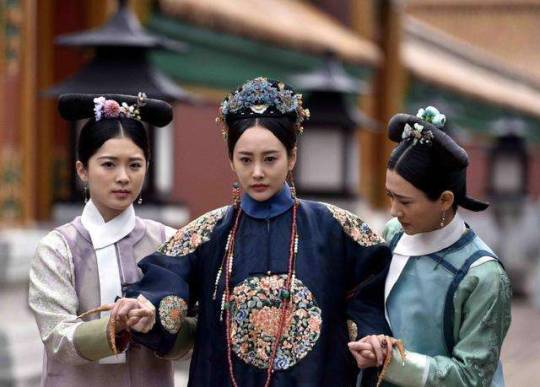
Yanwan wearing jifu and one chaozhu
When wearing court dress (chaofu), women will wear three sets of chaozhu: one in the middle and two draped across their sides. For the empress, the central chaozhu are made of Eastern pearls (dongzhu, fresh water pearl) and the side ones are made of coral. Imperial noble consorts, noble consorts and consorts’s central chaozhu will usually be made of amber and the sides made of red coral.

Hailan wearing chaofu and amber and coral chaozhu
Imperial women rank of imperial concubine (pin) and below, wives of princes of various ranks, princesses of various ranks wear the central chaozhu made of coral and the sides made of amber.

Amber chaozhu
Officials’ wives wear chaozhu made of materials such as amber, coral, turquois etc, without prescription. When wearing formal dress (jifu, not court dress), women only need to wear the one middle chaozhu made of any materials. However, yellow-coloured chaozhu and dongzhu pearls are reserved for the emperor, empress dowager and empress.
Men will wear one set of chaozhu regardless of dress.
Emperors will conduct sacrifice at a different temple each season. During the winter solstice (dongzhi), sacrifice is made at the Temple of Heaven, and the emperor wears blue-coloured chaofu and chaozhu made of lapis lazuli.
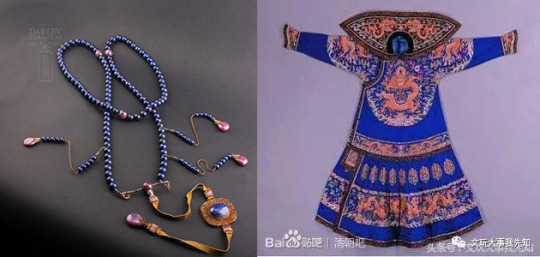
During the summer solstice (xiazhi), sacrifice takes place at the Temple of Earth, the emperor wears yellow (minghuang) with amber chaozhu.

During spring equinox (chunfen), sacrifice is made at the Temple of the Sun, and the emperor wears red with red coral chaozhu.

During autumn equinox (qiufen), sacrifice is made at the Temple of the Moon, and the emperor wears light blue (yuebaise) with turquoise chaozhu.

For everyday use, the chaozhu is usually made of dongzhu or any other materials.


Special dongzhu and coral chaozhu where each bead is made up of tiny smaller beads.
The beaded yajin are also based on these prayer beads and prayer bead yajin can only be worn by ranks of consort (fei) and up.
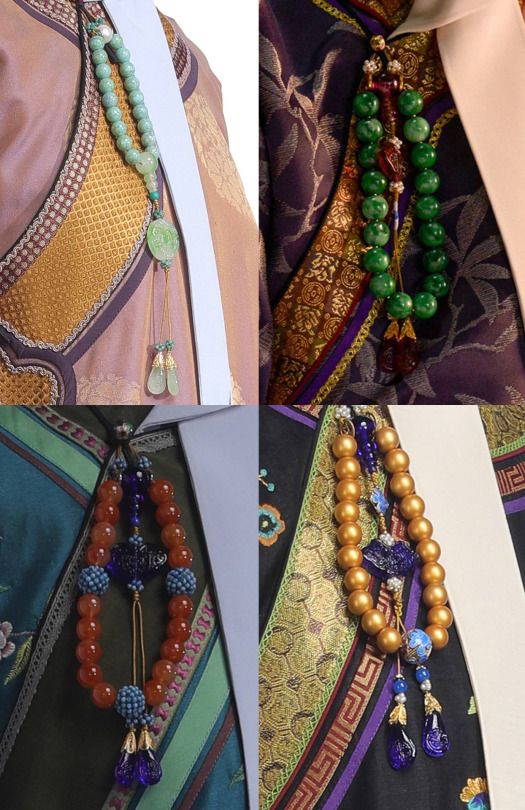
More notes on Qing dynasty costumes
117 notes
·
View notes
Photo

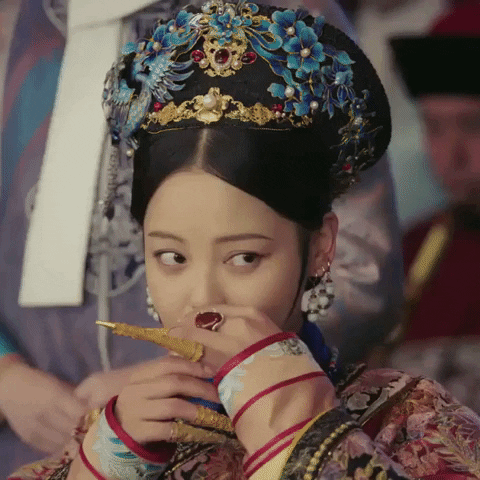

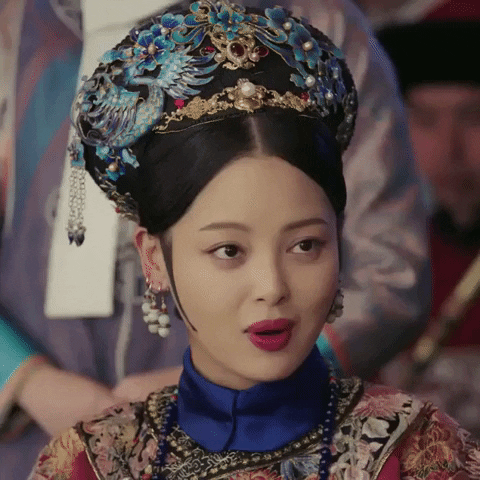
ruyi’s royal love in the palace 如懿传: imperial concubine jia
74 notes
·
View notes
Photo




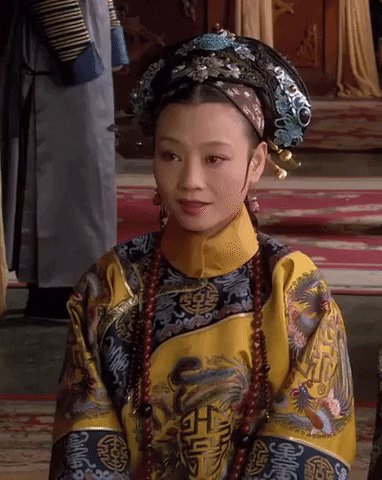


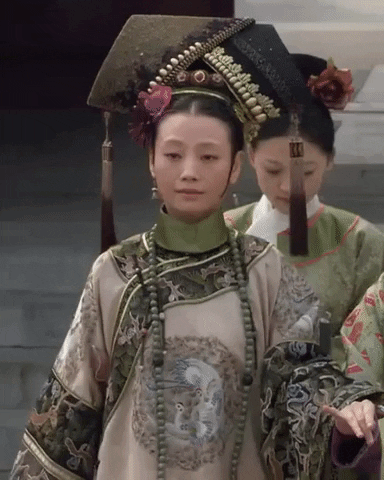

legend of zhen huan 后宫·甄嬛传: qing dynasty court attire
166 notes
·
View notes
Text
Chen Wanyin/ Attendant Wan

Li Yu -Emperor’s Eunuch

Jiang Yubin -Imperial Physician

Huang Qiying/Langhua/Noble Lady Yu
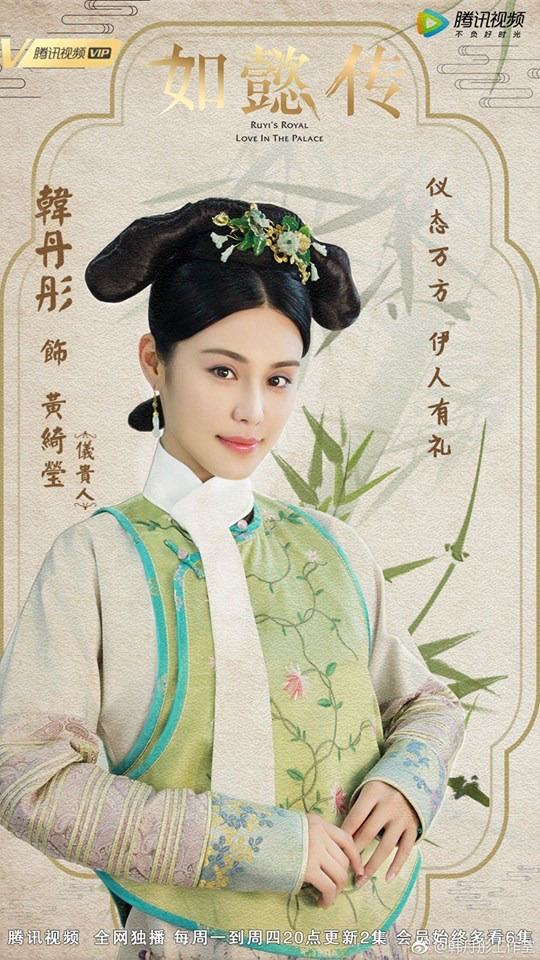
Bai Ruji

Wei Yanwan/Noble Lady Wei

Ling Yunche

Yihuan/Noble Lady Shu

8 notes
·
View notes













